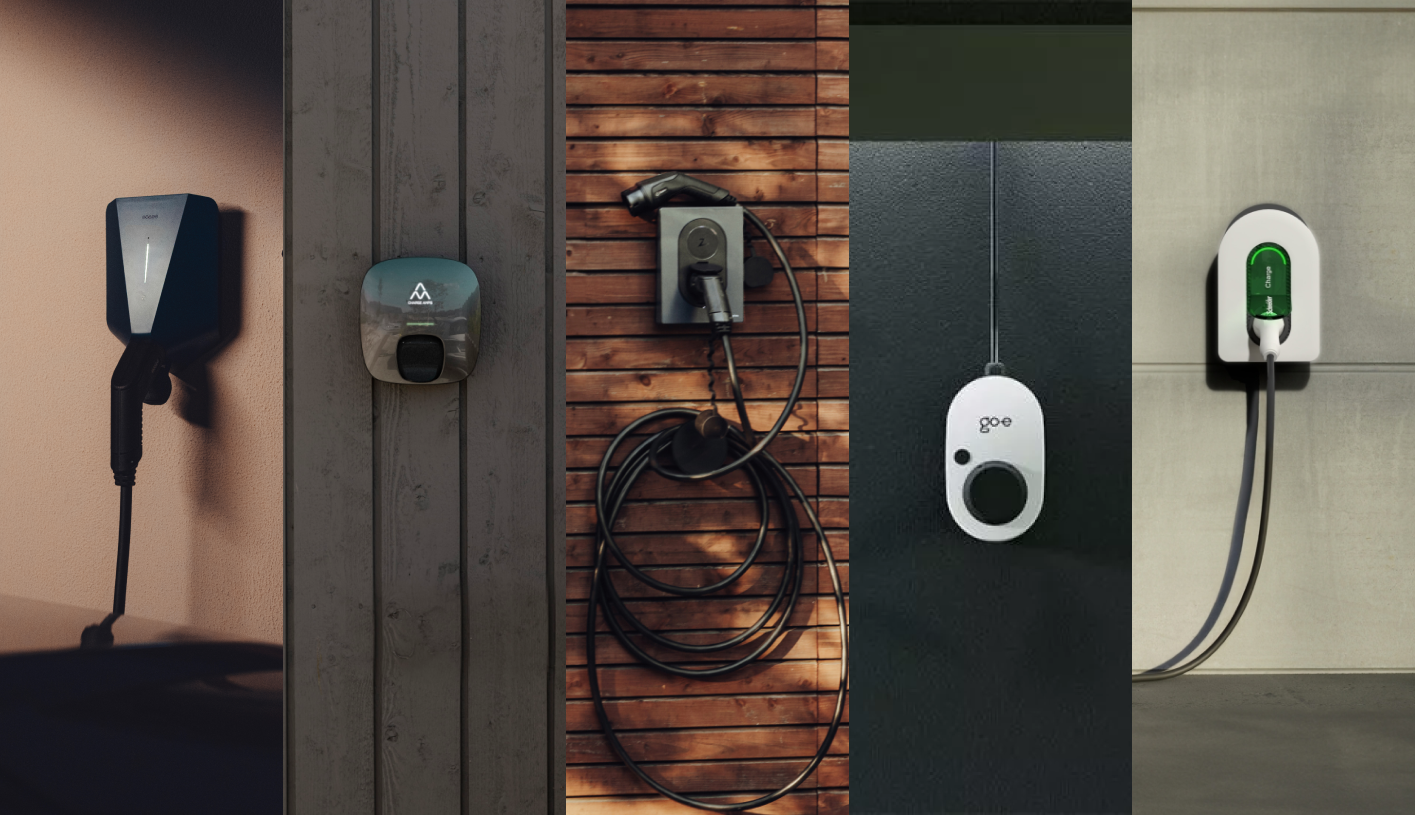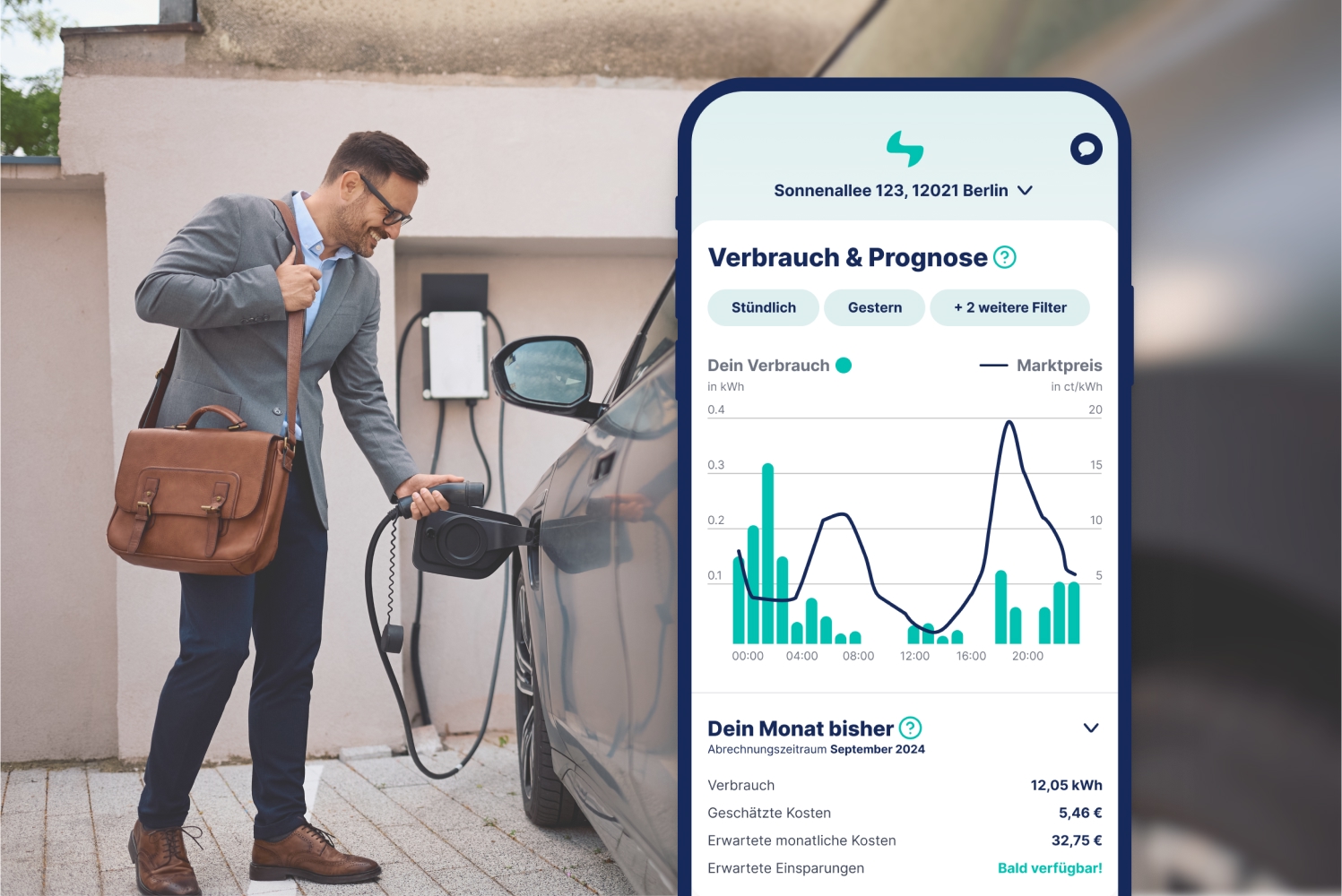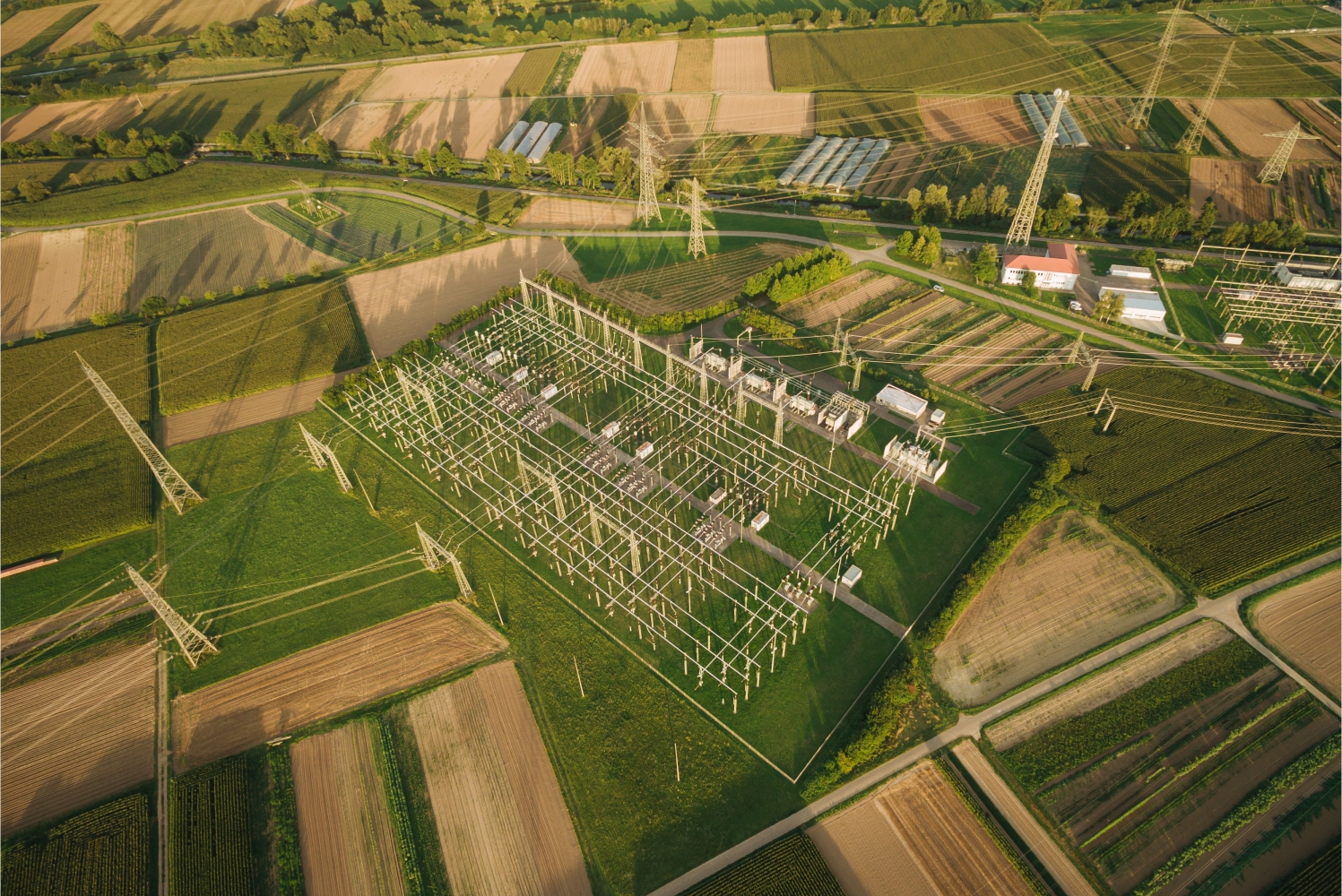NeoGrid® AI
Charging with NeoGrid® AI: Safe for Your Battery, Good for the Planet
By
David Wölfle
16.7.2025

7
Min.

Electric vehicles (EVs) are not only a better way to get around, but also a key to the energy transition in Germany. Imagine if your EV didn't simply charge steadily, but instead optimized charging during particularly favorable and grid-friendly times? That's exactly what NeoGrid® AI does – our virtual power plant that intelligently integrates EVs into the power system.
But is this good for the battery? In this article, you'll learn how NeoGrid® AI works and how to extend the lifespan of your battery.
Spoiler: No – charging with NeoGrid is not more harmful to your battery than normal charging. The same rules apply that you should also follow during normal charging.
What is NeoGrid and how does it charge your EV?
NeoGrid® AI is a virtual power plant (VPP). It networks numerous energy sources – such as solar systems, batteries, heat pumps, and EVs – into one large, intelligently controllable system.
The goal: Balance electricity supply and demand in real time. Through continuous optimization, your EV is charged exactly when electricity is particularly cheap and simultaneously beneficial to the grid.
So your car doesn't just charge steadily until it's full. Instead, the system continuously checks when the best charging time is – completely automatically.
Thanks to this grid-friendly optimization, you can earn up to 300 € per year by participating in NeoGrid® AI.
The individually created charging plans may contain multiple start and stop signals. This is why the myth persists that participating in a virtual power plant harms the battery. But is that really true?
To find out, let's look at what actually stresses batteries – and what doesn't.
What influences a battery's lifespan?
Modern lithium-ion batteries are sensitive. Two things cause them to age:
- Calendar aging: Even when you're not using your car, the battery ages – this is a completely normal chemical process.
- Cycle aging: Cycle aging describes the wear through use. Each charging and discharging process wears out the battery and reduces its lifespan a little.
The most important factors in detail
Depth of Discharge (DoD)
Deep charging cycles (e.g., from 0% to 100%) stress the battery more than shallow cycles (e.g., 40% to 60%). If charging cycles are divided into multiple shallow charging cycles, this is actually not negative for your battery.
State of Charge (SoC)
A permanently high (>90%) or low state of charge (<10%) accelerates chemical side reactions that lead to capacity loss. It's particularly harmful to store a battery "full" or "empty" for a long time.
Temperature
The battery feels most comfortable at around 20°C – just like us. Particularly high temperatures promote cell degradation, while low temperatures increase the risk of lithium plating (damage to the anodes).
Thanks to the integrated temperature management system found in almost all new EVs, the battery always remains in its optimal temperature range. This applies regardless of whether you charge particularly quickly or in several shallow cycles, as with NeoGrid® AI.
If your EV doesn't have integrated temperature management, charging with NeoGrid can even have positive effects. The charging pauses prevent excessive heating or cooling.
Charge/Discharge Rate (C-Rate)
What is the C-Rate anyway? The C-Rate (or C-Factor) is a unit of measurement that indicates how quickly a battery is charged or discharged in relation to its capacity. The optimal C-Rate is below 1.
Let's assume a battery has a capacity of 50 kWh. If this battery is charged at a power of 50 kW, the C-Rate = 1. If it charges "only" at 11 kW, then the C-Rate is 0.22.
Very fast charging or discharging (high C-rates) increases stress and can lead to mechanical stress and heat buildup. In the context of NeoGrid, this is uncritical because the charging power (e.g., 11 kW or 22 kW) of your wallbox is relatively moderate. The C-Rate is more relevant for superchargers and fast-charging infrastructure.
How does NeoGrid affect my battery life?
Every battery has only a limited amount of energy it can deliver over its lifetime. If you use it gently, it will last longer. Charging with NeoGrid® AI has no particularly negative effects on the depth of discharge, state of charge, temperature, and C-Rate – so it's no more harmful to your battery than normal charging.
To ensure your battery lasts as long as possible, you should observe the following when charging – both generally and with NeoGrid® AI:
- Depth of discharge: Don't charge too much at once. Set your charging target sensibly in the Ostrom App.
- Charging target: Charge enough so that you won't go below 20% on your next trip - but never more than 80%.
- Temperature: To protect your EV from heat and cold, you should park it in a protected location, such as a garage, for charging.
- Charging speed: Charge at home (e.g., 11 kW or 22 kW overnight) and only use fast-charging stations when you really need them.
Conclusion: Does NeoGrid harm the battery?
No - the myth that frequent starting and stopping of the charging cycle harms the battery is not true. NeoGrid® AI is therefore no more harmful to your battery than normal charging. Because:
- The biggest dangers to your battery are: heat, deep discharges, permanently high charge states, and very fast charging. You can avoid all of this – for example, with the settings in the Ostrom App.
- Many small charging pauses ("start-stop") are not harmful as long as you stay in the middle charging range of 20% - 80%.
In short: NeoGrid® AI is safe for your battery – provided you follow a few simple rules.
That even car manufacturers have confidence in such systems is shown by a look at Australia: There, Tesla has even extended the battery warranty for users of its own virtual power plant. A clear sign of how reliably modern charging systems function with proper control.
Want to learn more about NeoGrid® AI? Then check out our blog or find out more in our FAQ.
Sources:
- https://batteryuniversity.com/article/bu-808-how-to-prolong-lithium-based-batteries
- https://www.tuev-nord.de/de/privatkunden/verkehr/auto-motorrad-caravan/elektromobilitaet/elektroauto-batterie/
- https://vbn.aau.dk/ws/portalfiles/portal/549543532/Lifetime_Models_for_Lithium_ion_Batteries_used_in_Virtual_Power_Plant_Applications.pdf















.avif)